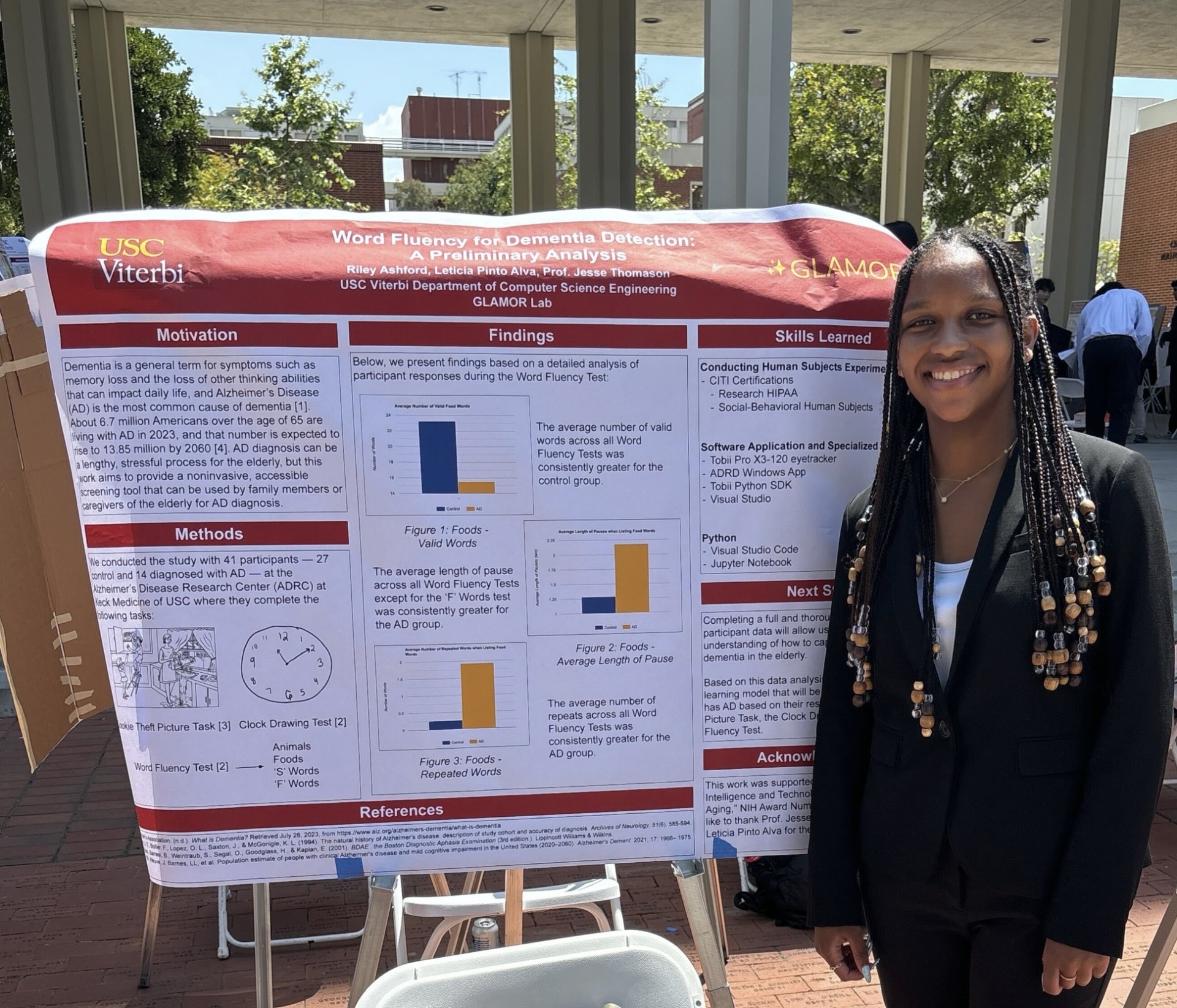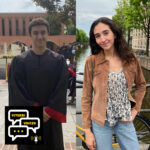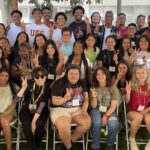During my freshman year, I was lucky enough to dive into research as an undergraduate researcher through the Center for Undergraduate Research in Viterbi Engineering (CURVE). CURVE is one of those programs that really lets you hit the ground running with research early in college, connecting you with faculty-led projects, faculty and PhD mentorship, a stipend (always a plus!), and a chance to show off your work at the end.
I applied to CURVE during my first semester, back when I was majoring in Computer Science and Business, and was drawn to a project in computer science. The project I chose was titled “An Accessible Machine Learning-Based ADRD Screening Tool for Families and Caregivers,” which was being conducted by the Grounding Language in Actions, Multimodal Observations and Robots (GLAMOR) Lab. What caught my eye? My personal connection to Alzheimer’s Disease and Related Dementias (ADRD) – my grandmother had recently been diagnosed, so this research really hit home.
The big picture of the project was to create an AI tool that could help screen for Alzheimer’s and dementia in more accessible settings, like homes or caregiving facilities, instead of only in hospitals. I focused mainly on the data collection and analysis side, which would help build the machine learning model. Since we were dealing with sensitive data, I had to get CITI certified in Research HIPAA and Social-Behavioral Human Subjects. Once certified, I jumped into facilitating participant studies at USC’s Alzheimer’s Disease Research Center and, later, started annotating and analyzing data.
My main task was working on the Word Fluency Test. Participants had one minute to list as many items as they could in categories like animals, food, or words starting with certain letters. That led to a whopping 208 minutes of audio data from over 50 participants. To transcribe it all, I used the Whisper AI model, but I had to manually review every transcription and extract patterns like repeated words, valid responses, and average pause times. I even wrote my own programs to pull that data from the transcripts.
Check out the attached research poster with all the findings!

Overall, this experience leveled up both my technical skills and my ability to work with a team. I reported to my PhD mentor, who guided me through the research process and assigned me tasks. I also collaborated with other undergrad researchers to make sure our team stayed on track. Not to mention, my programming skills definitely improved as I applied machine learning models to real-world problems.
This project showed me that research isn’t just about the technical stuff — it’s about the connections, the teamwork, and the growth along the way.















